Oct 22, 2025
In our daily lives, there is a material that perfectly embodies both flexibility and toughness.From sofas to automobiles, from shoe insoles to refrigerator gaskets, polyurethane (PU) products are everywhere around us.
In the fields of automation, manufacturing, packaging, and automotive assembly, polyurethane materials are also indispensable—particularly as tubing materials used to transfer compressed air in pneumatic systems.
Among them, polyether-based polyurethane (PU ether) is one of the two most common types of polyurethane tubing materials.
Ether based polyurethane tubing can bend without kinking, making it ideal for pneumatic systems that require complex yet flexible routing.
Since pneumatic systems use compressed air as the energy transmission medium, condensed water is inevitably generated during operation.Therefore, the tubing material must resist hydrolysis.
Thanks to the ether linkage (–O–) in polyether polyurethane, which has higher chemical stability, the material is not easily degraded or broken by moisture.
Pneumatic components require flexibility, which means the tubing must withstand repeated bending and dragging.
The large bond angle and rotational freedom of the ether linkage (–O–) allow molecular chains to absorb impact energy under stress, making the tubing resistant to tearing and fracture.
During extrusion molding, the molecular chains in polyurethane ether self-orient and align on the surface, forming a smooth and dense outer layer.With high-precision sizing molds, both the outer and inner diameters maintain minimal tolerance.
This ensures efficient air transmission, while providing reliable sealing and easy connection when inserted into quick-connect fittings.
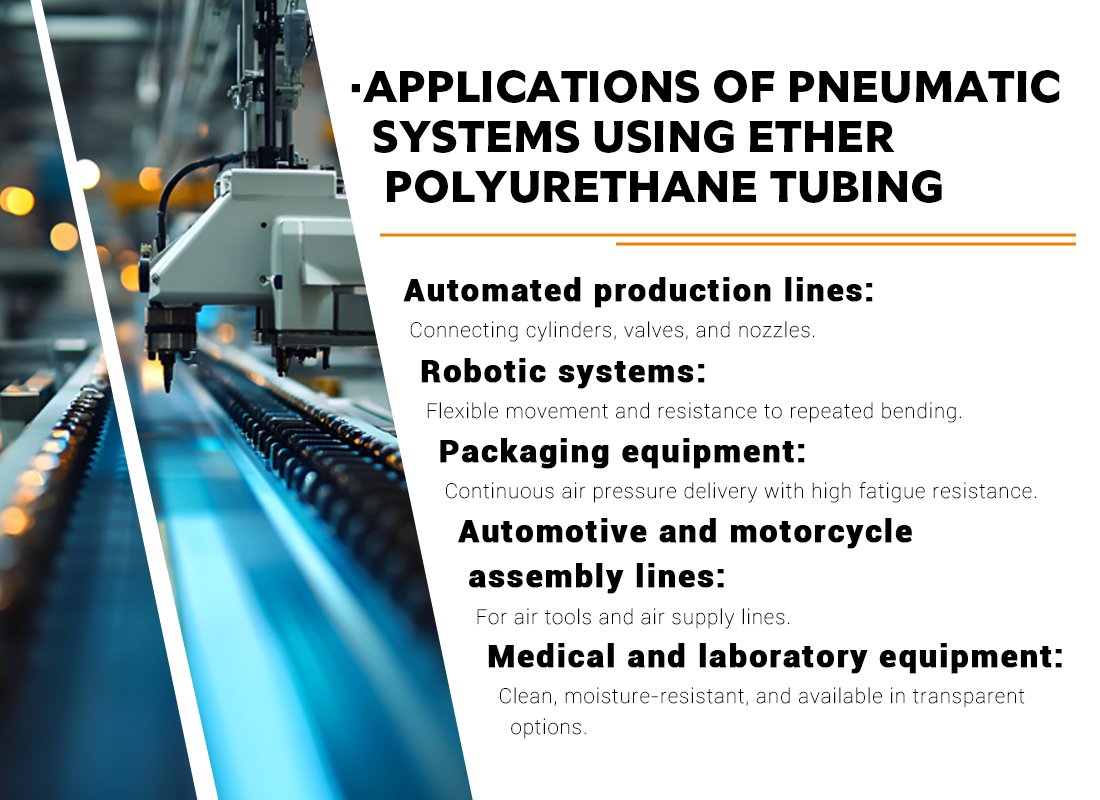
Automated production lines: Connecting cylinders, valves, and nozzles.
Robotic systems: Flexible movement and resistance to repeated bending.
Packaging equipment: Continuous air pressure delivery with high fatigue resistance.
Automotive and motorcycle assembly lines: For air tools and air supply lines.
Medical and laboratory equipment: Clean, moisture-resistant, and available in transparent options.
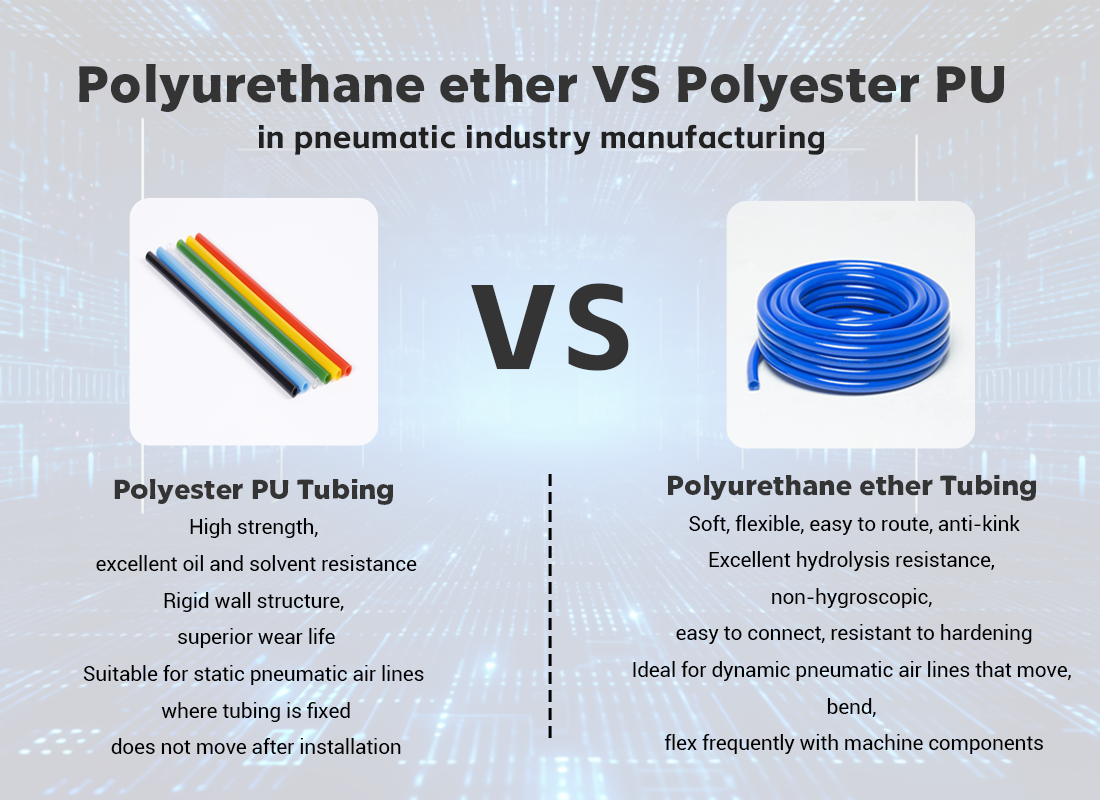
High strength, excellent oil and solvent resistance
Rigid wall structure, superior wear life
Suitable for static pneumatic air lines where tubing is fixed and does not move after installation
Soft, flexible, easy to route, anti-kink
Excellent hydrolysis resistance, non-hygroscopic, easy to connect, resistant to hardening
Ideal for dynamic pneumatic air lines that move, bend, or flex frequently with machine components
Polyurethane esther vs ether in the selection and application of tubing for pneumatic systems, polyurethane ester PU tubes are more wear-resistant and oil-resistant, making them suitable for harsh environments with oil contamination, intense friction, and fixed locations that are not frequently moved; whereas polyurethane ether PU tubes are more hydrolysis-resistant, flexible, and are a more common, longer-lasting choice for standard compressed air and humid environments.
You May Interest In
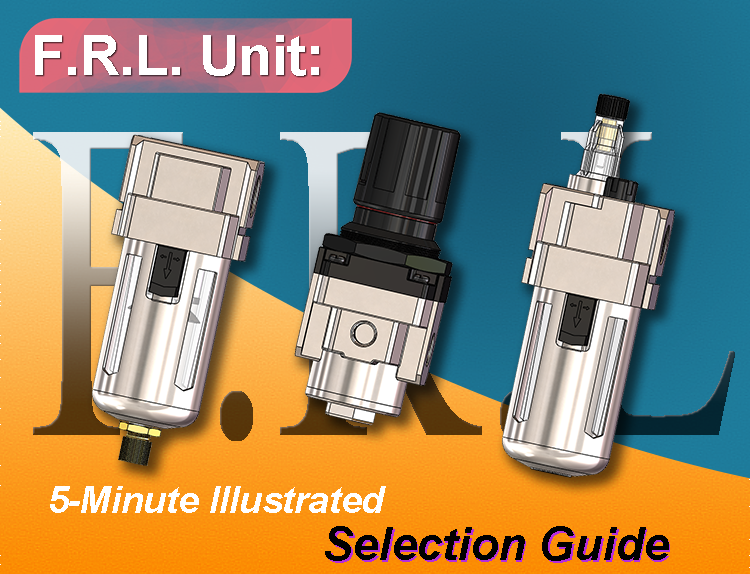
Dec 05, 2025 Blog
FRL: A 5-Minute Illustrated Selection Guide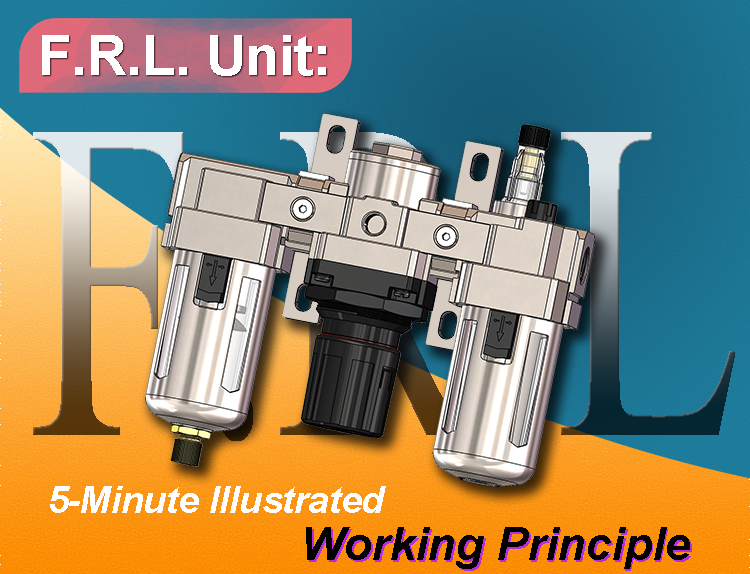
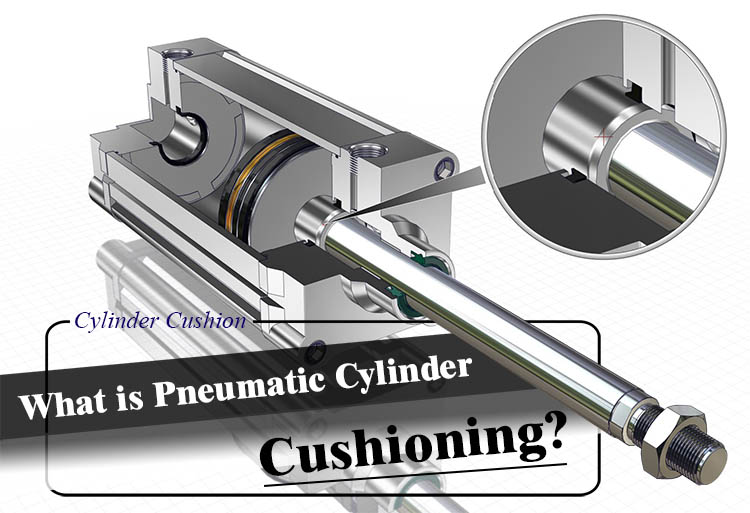
Nov 10, 2025 Blog
What is Pneumatic Cylinder Cushioning?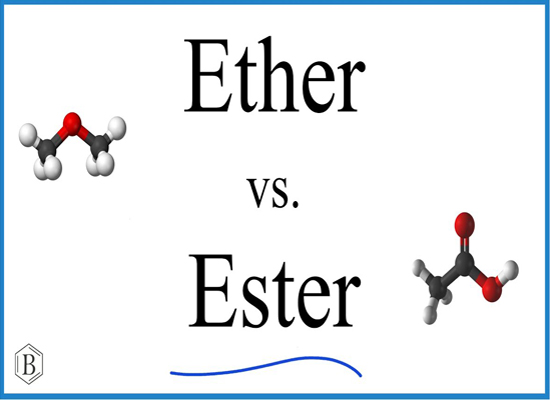
Nov 04, 2025 Blog
How to remember ester vs ether quickly?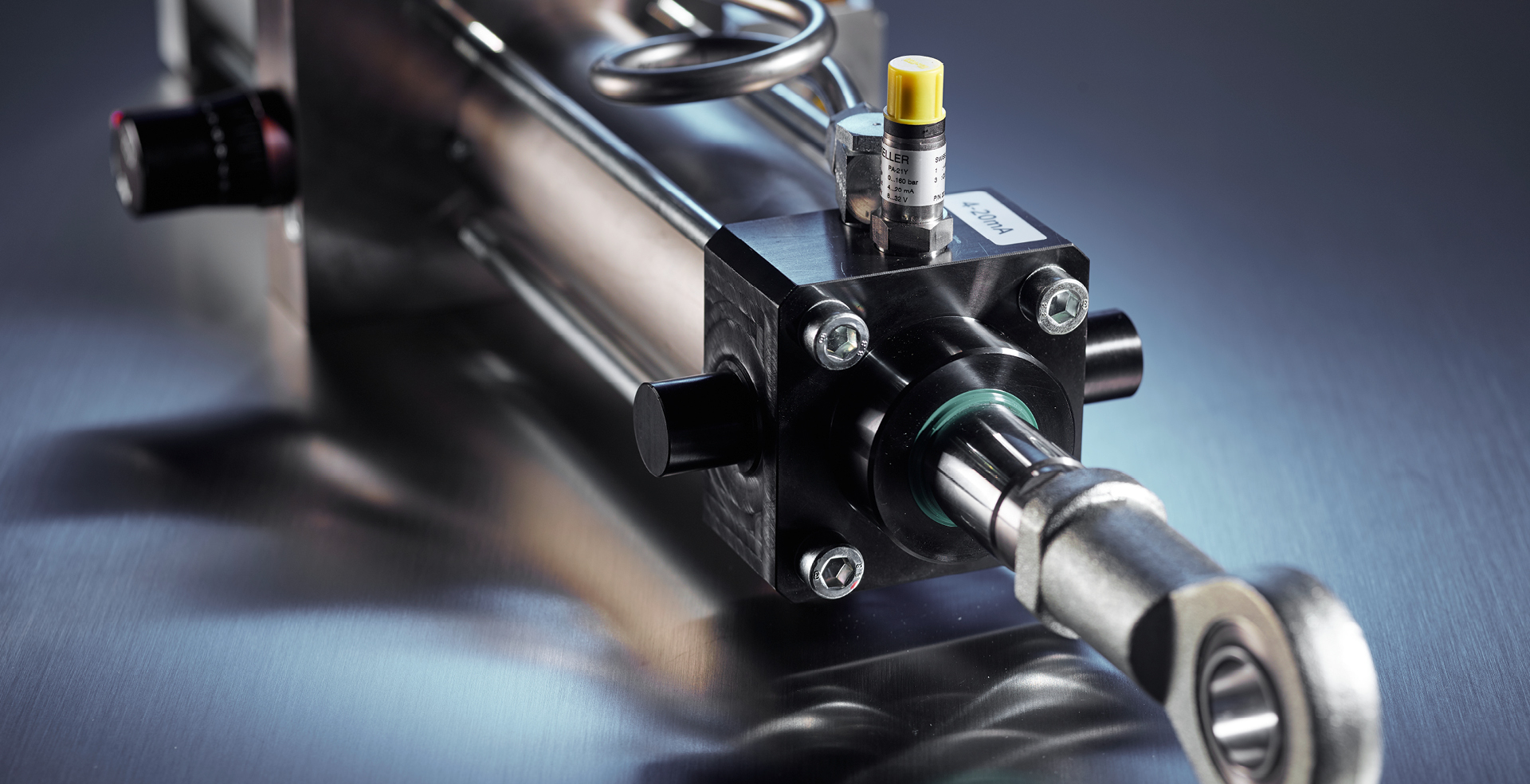
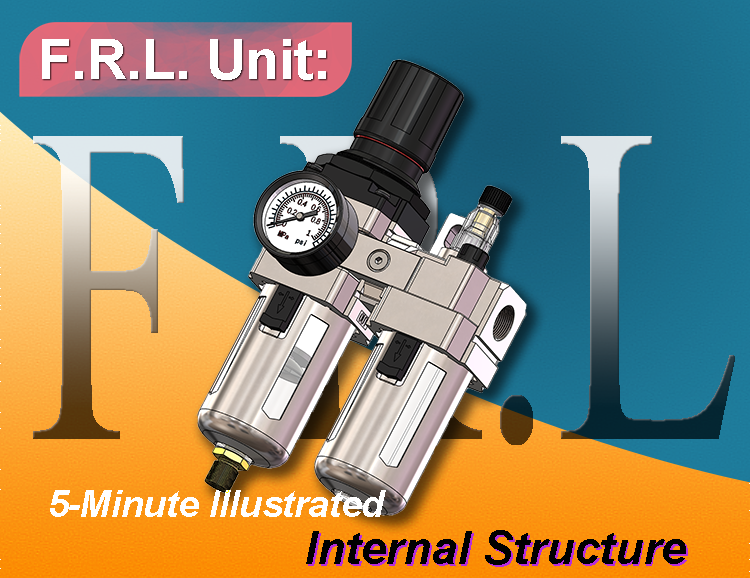
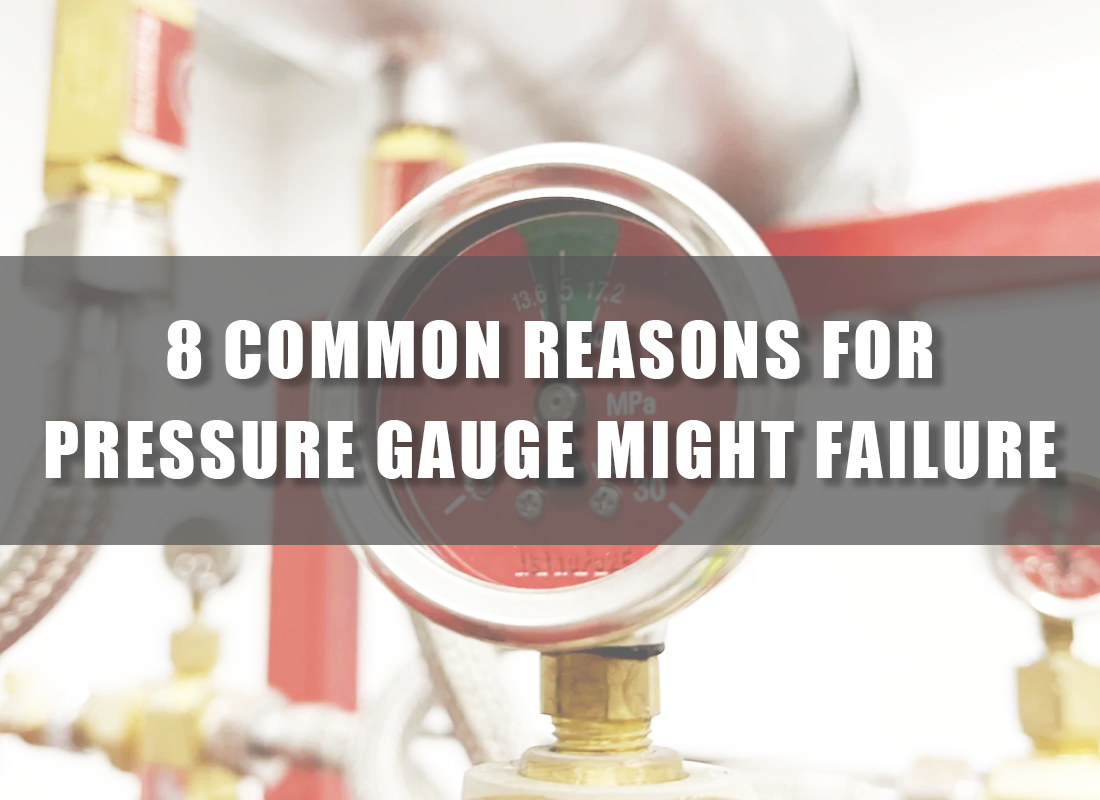
Oct 24, 2025 Blog
8 common reasons for pressure gauge might failure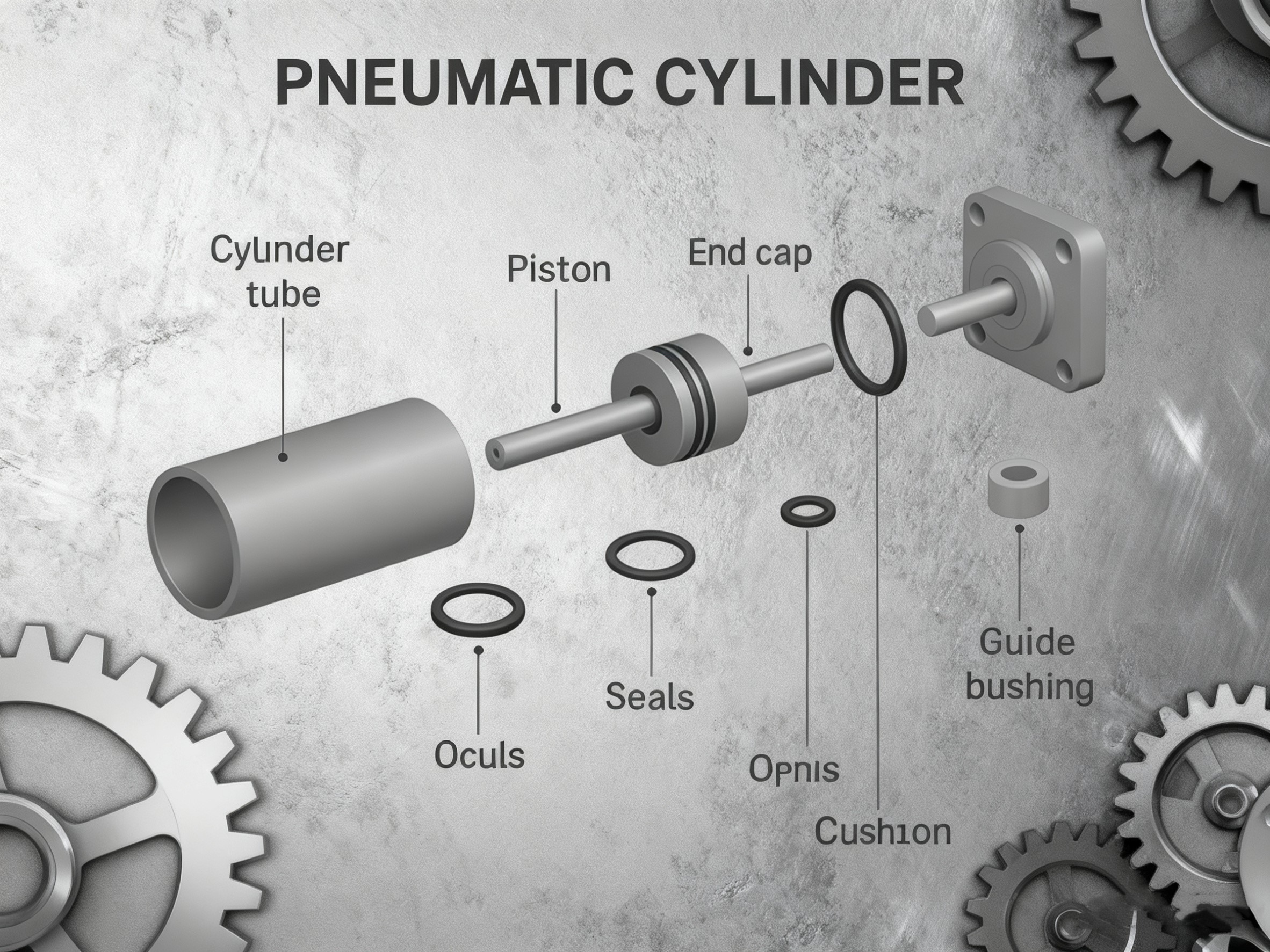
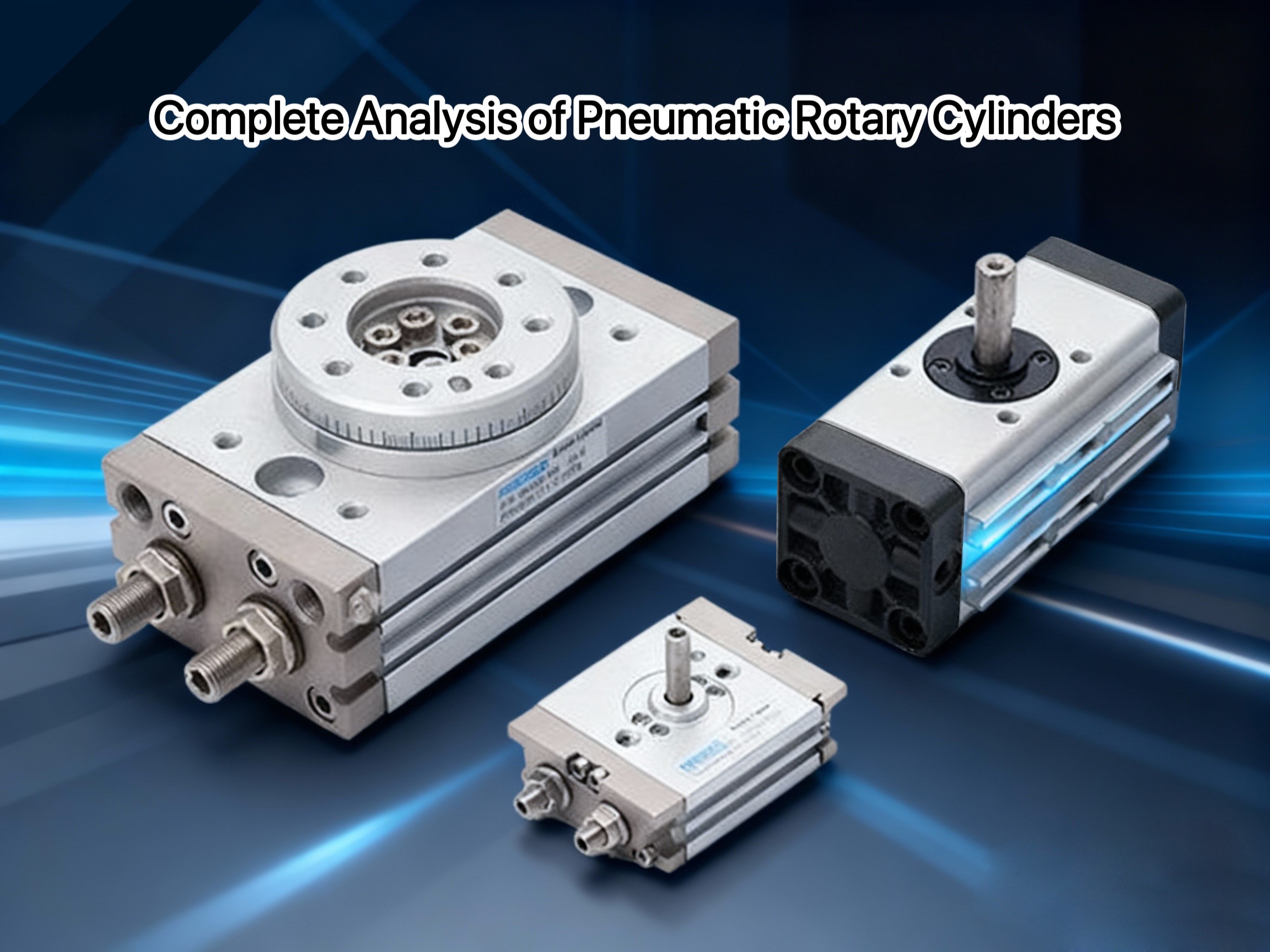
Aug 01, 2025 Blog
Complete Analysis of Pneumatic Rotary Cylinders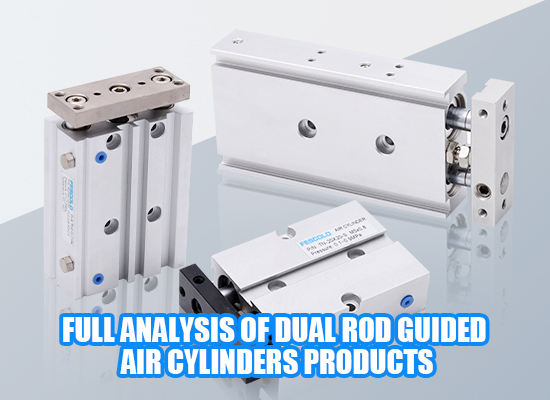
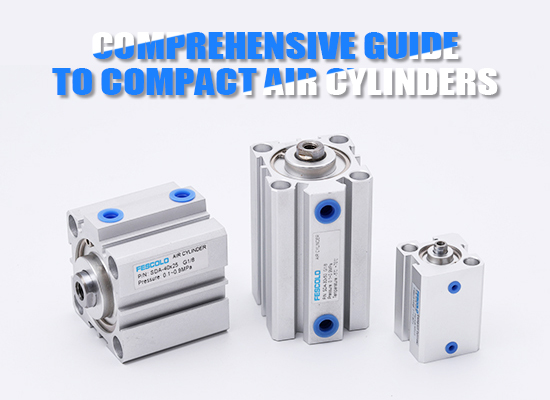
Jul 30, 2025 Blog
Comprehensive Guide to Compact Air Cylinders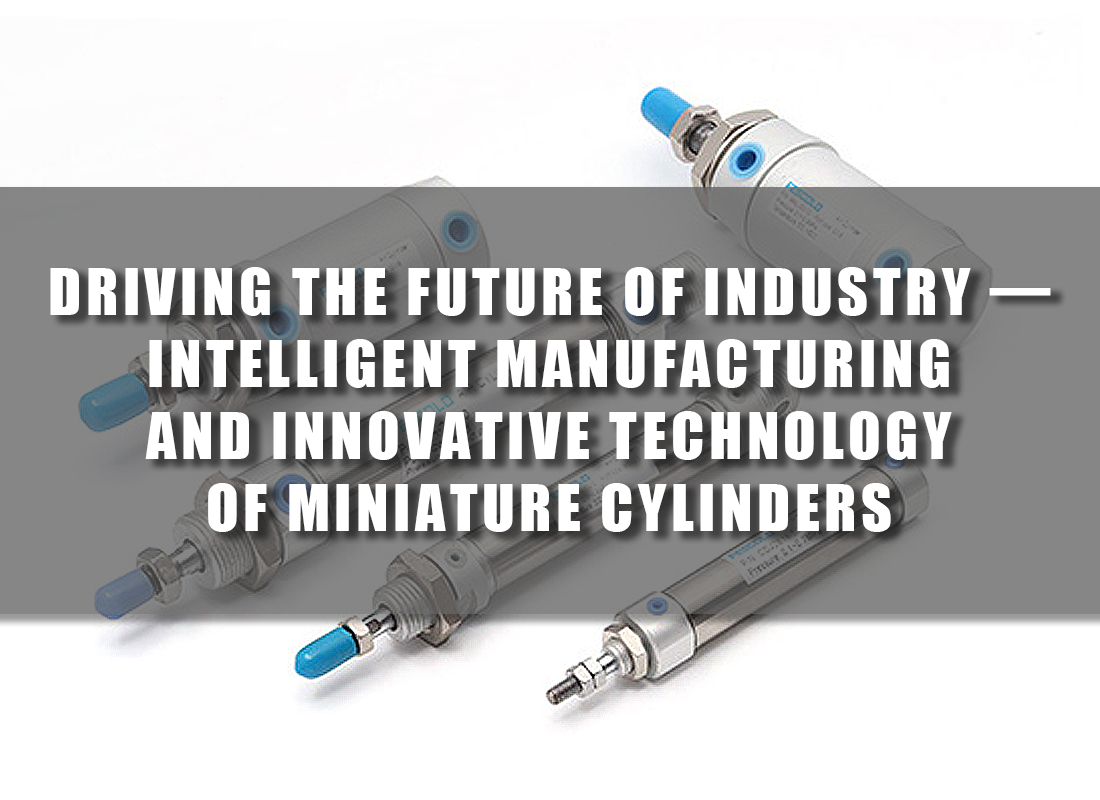
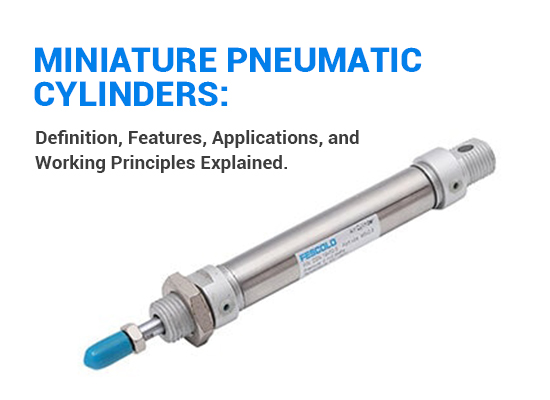
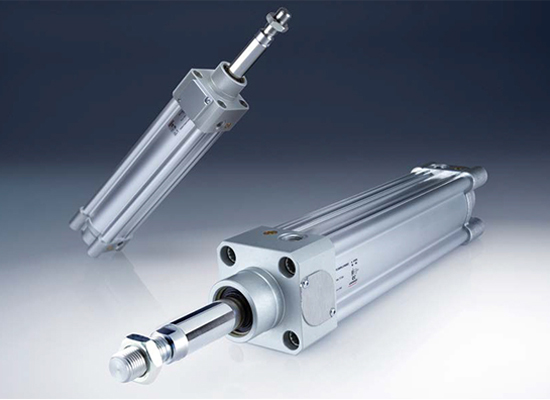
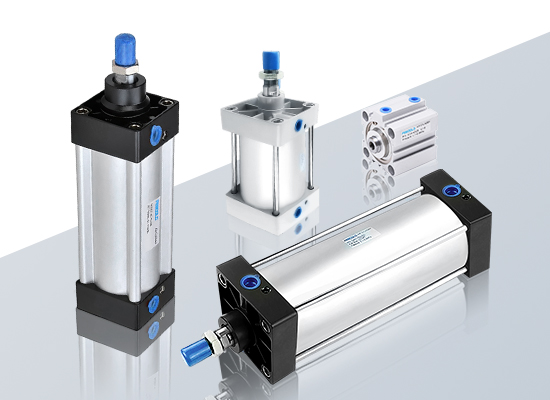
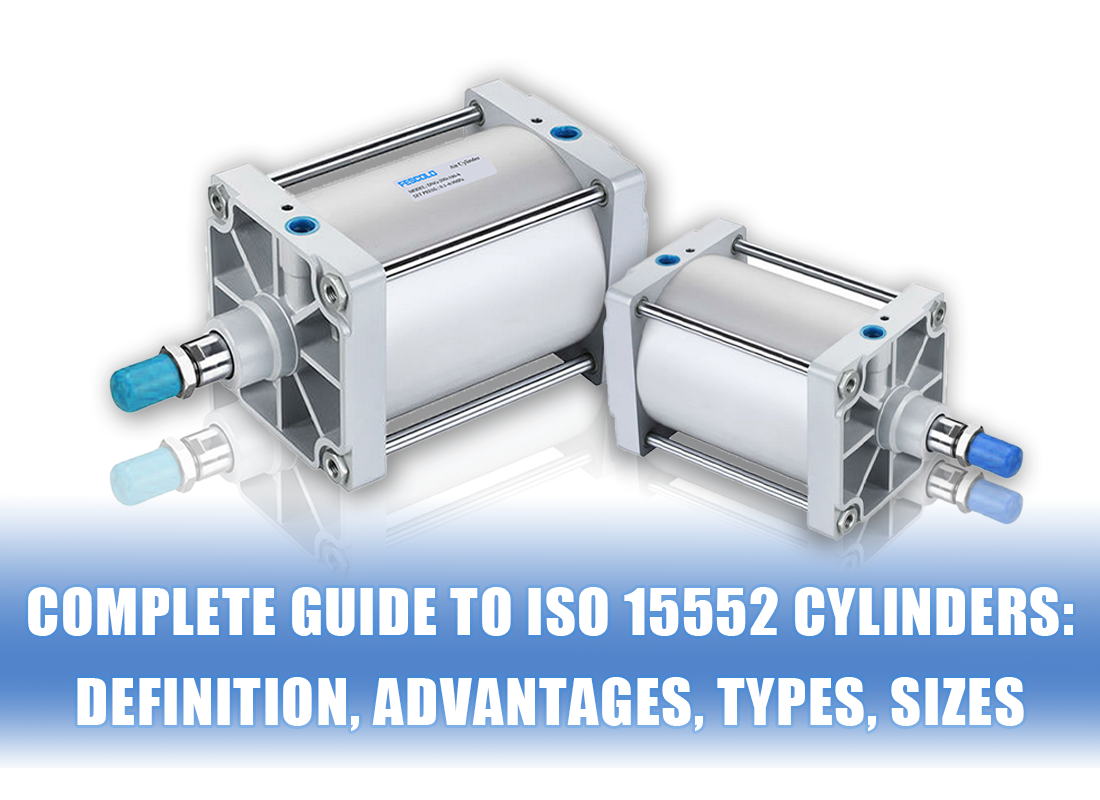
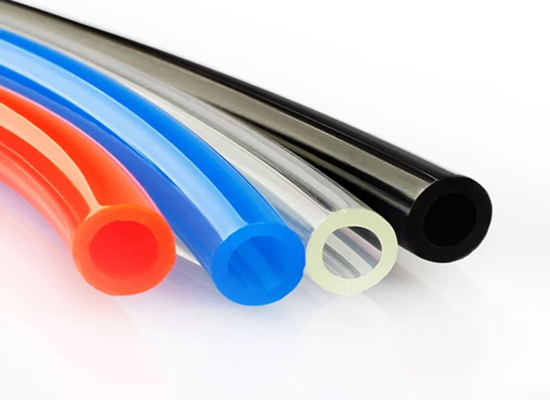
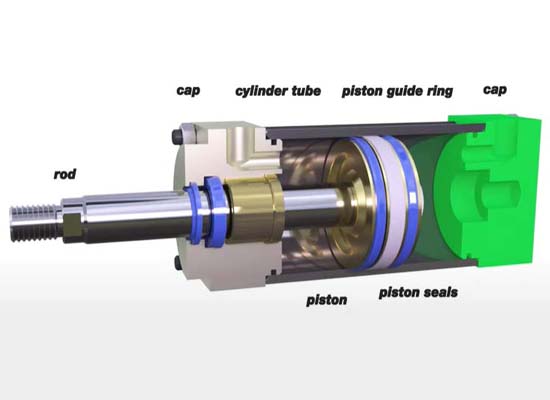
Apr 23, 2025 Blog
Exploring the Critical Parts of a Pneumatic Cylinder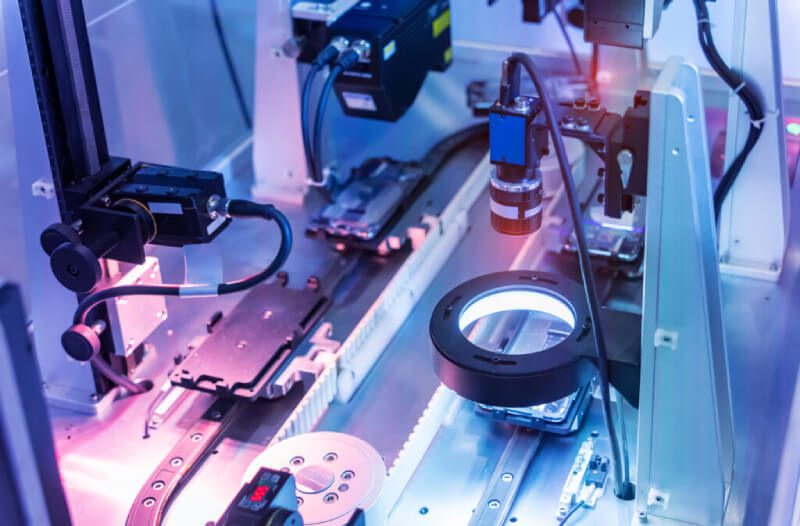
Apr 23, 2025 Blog
anti-rotation cylinder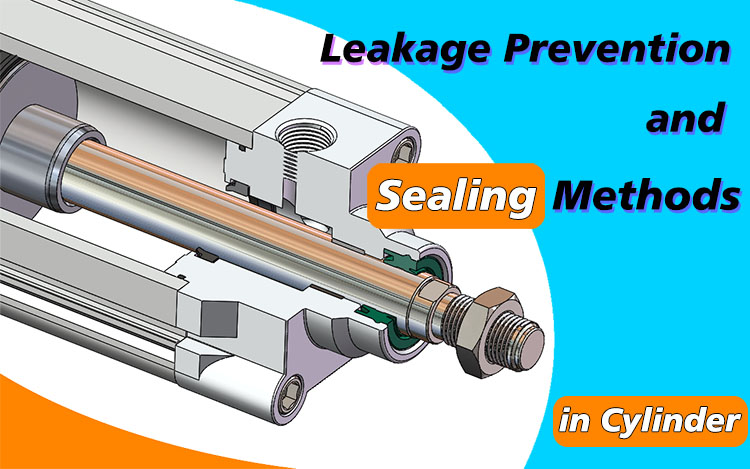
Mar 28, 2025 Blog
Leakage Prevention and Sealing Methods in Cylinder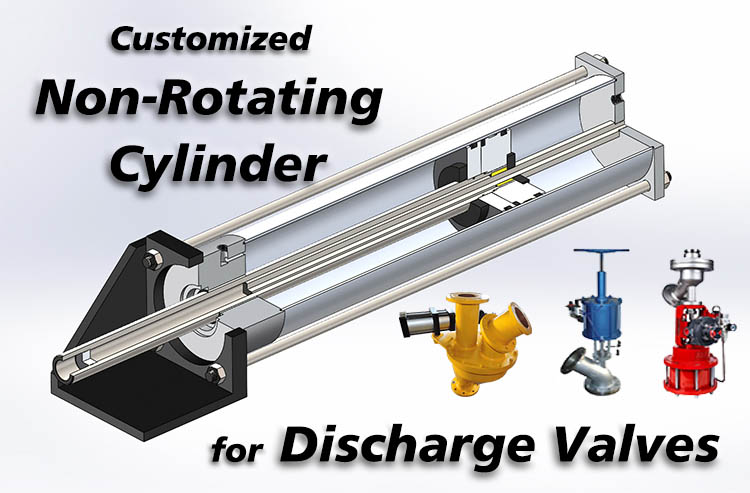
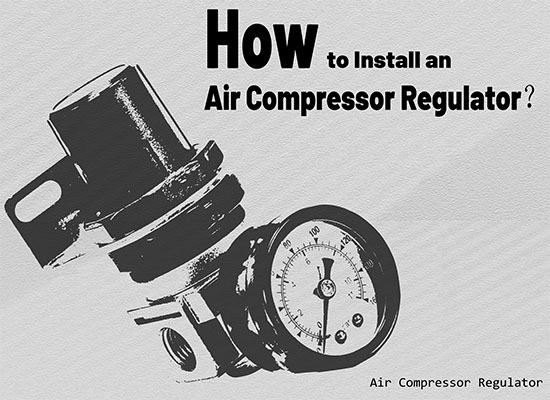
Mar 18, 2025 Blog
How to Install an Air Compressor Regulator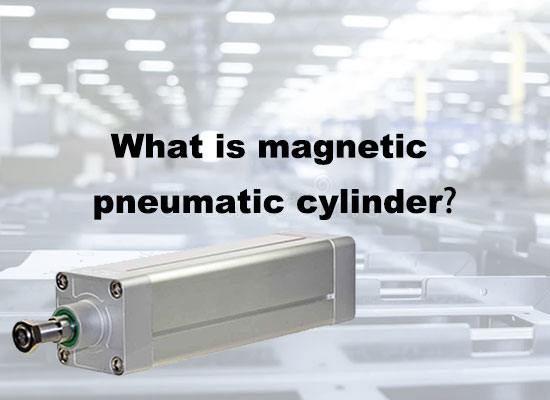
Mar 13, 2025 Blog
What is Magnetic Pneumatic Cylinders?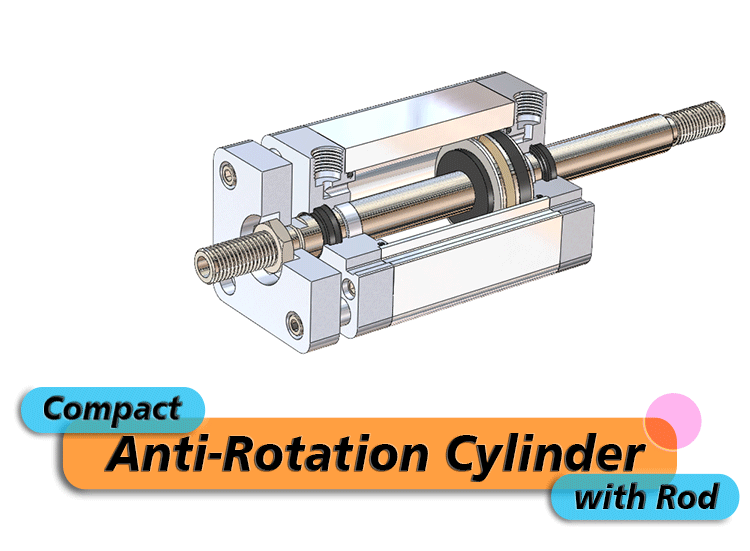
Mar 10, 2025 Blog
Compact Anti-Rotation Cylinder with Rod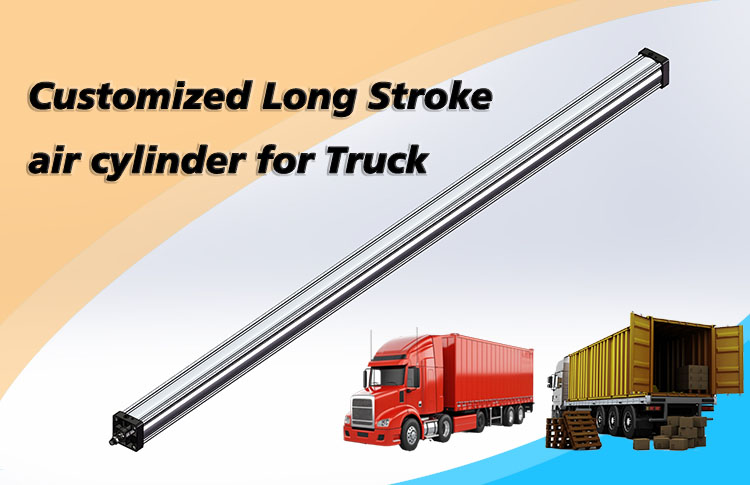
Mar 10, 2025 Blog
Customized Long Stroke Air Cylinder for Truck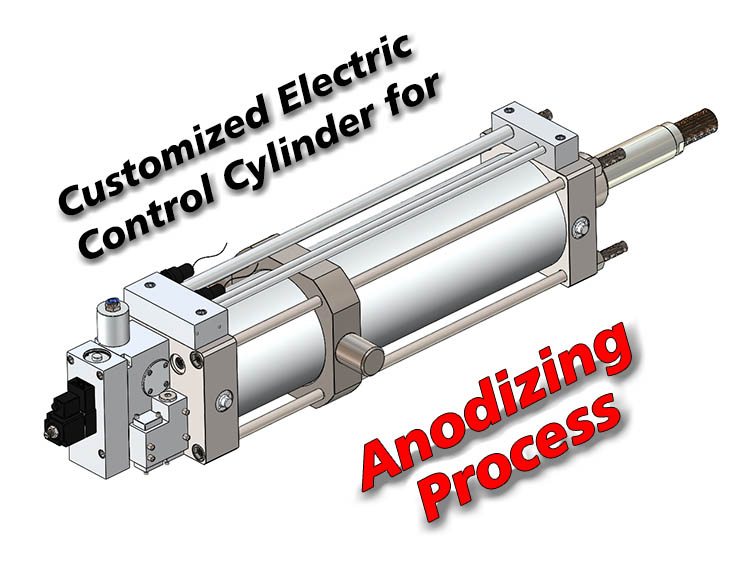
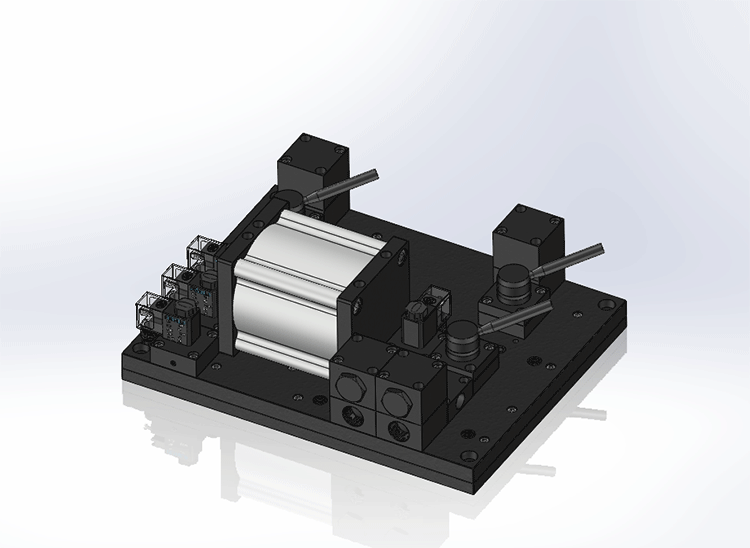
Mar 10, 2025 Blog
Customized Combination Manifold Valves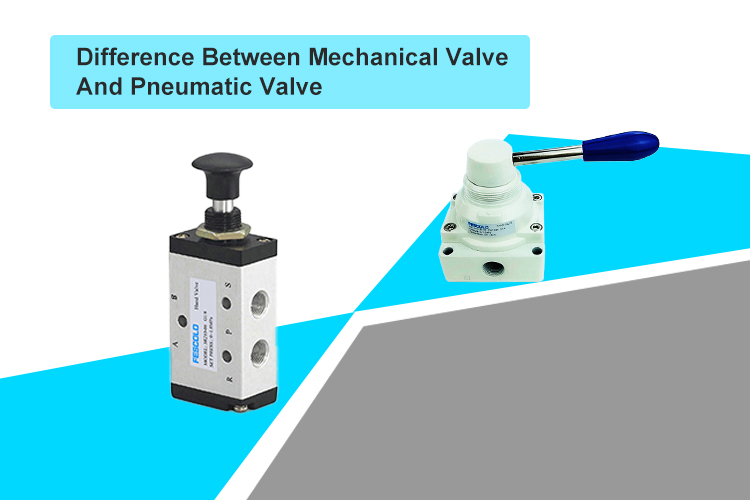
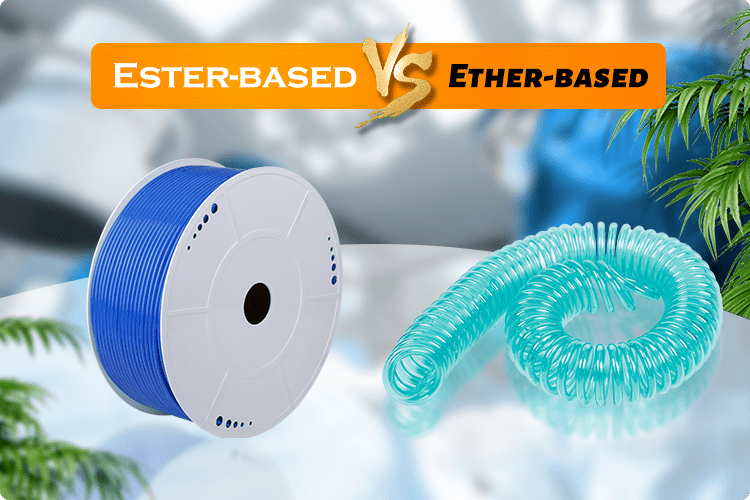
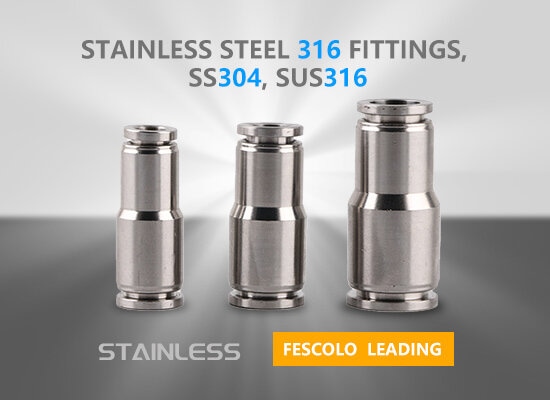
May 16, 2019 Blog
STAINLESS STEEL 316 FITTINGS, SS304, SUS316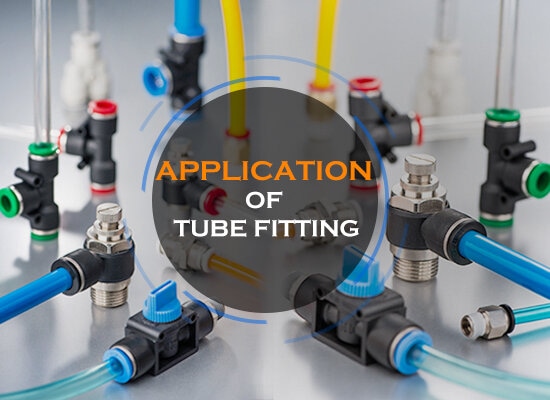
May 03, 2018 Blog
Application Of Tube Fitting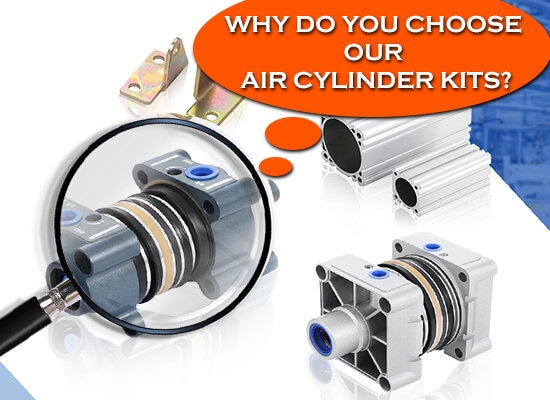
Jun 08, 2018 Blog
Why Do You Choose Our Air Cylinder kits?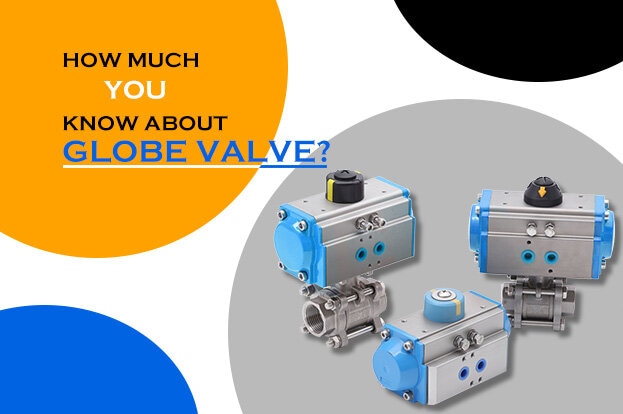
Feb 09, 2018 Blog
How much you know about globe valve?FOKCA ©1998-2025 Fescolo Pneumatic All Rights Reserved Sitemap